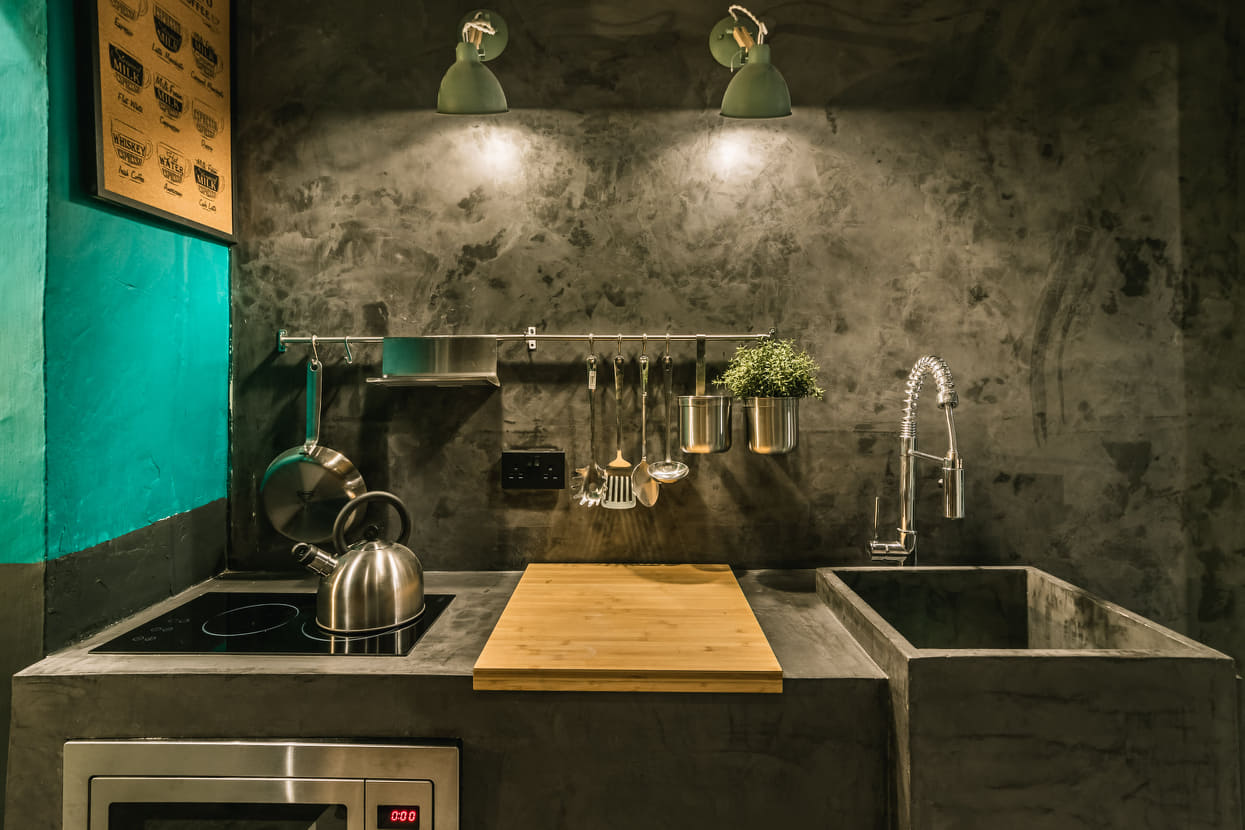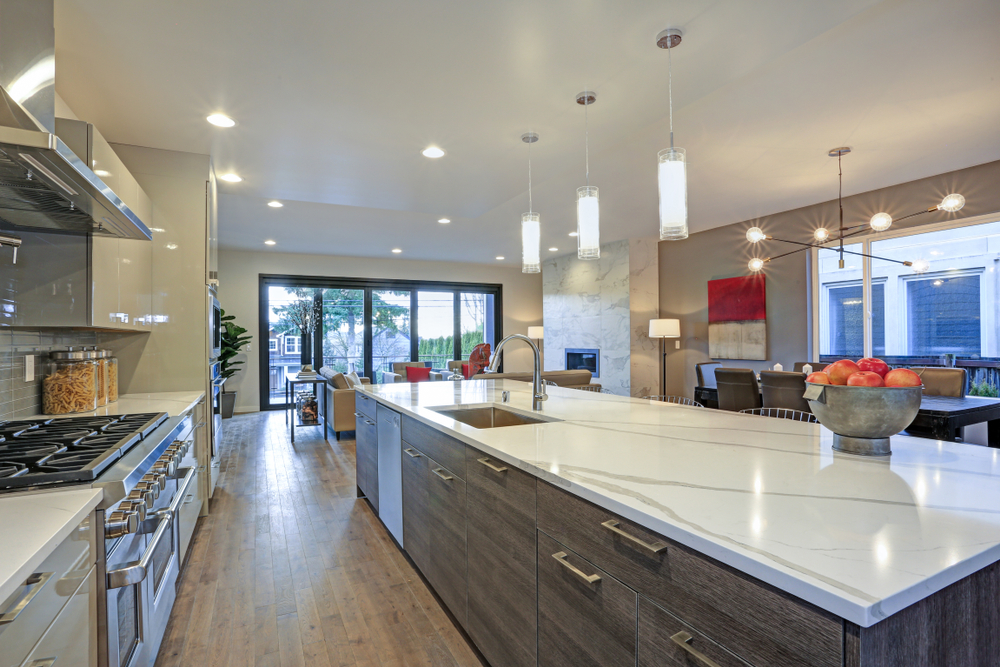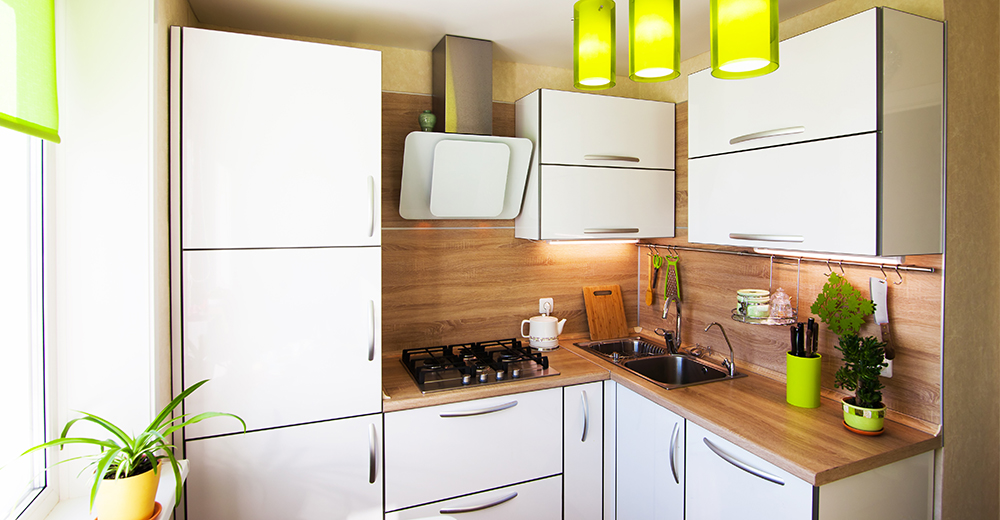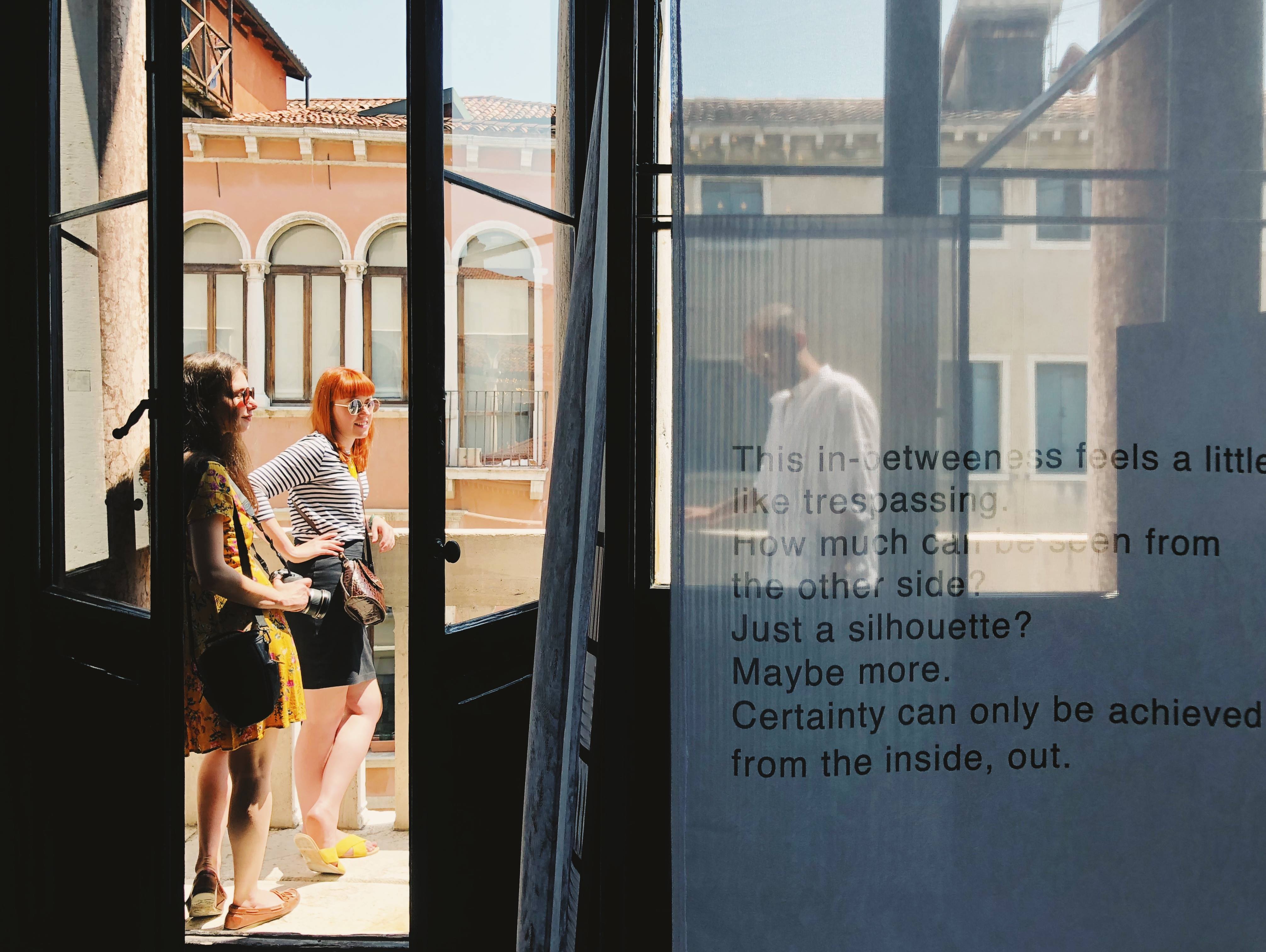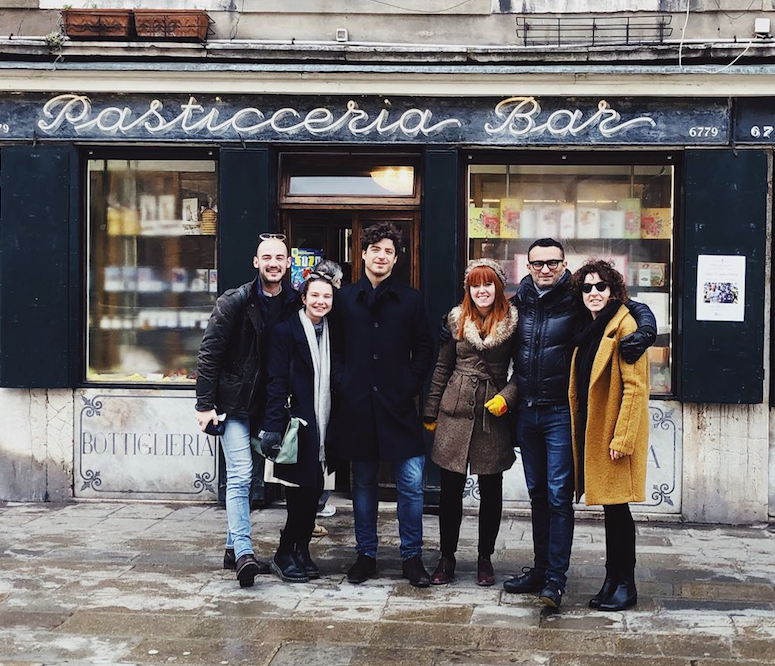[av_codeblock wrapper_element=” wrapper_element_attributes=” codeblock_type=” av_uid=’av-jsaigqjo’ custom_class=”]
[house_meta_top/]
[/av_codeblock]
[av_one_full first min_height=” vertical_alignment=” space=” custom_margin=” margin=’0px’ link=” linktarget=” link_hover=” padding=’0px’ border=” border_color=” radius=’0px’ background=’bg_color’ background_color=” background_gradient_color1=” background_gradient_color2=” background_gradient_direction=’vertical’ src=” background_position=’top left’ background_repeat=’no-repeat’ animation=” mobile_breaking=” mobile_display=” av_uid=’av-8tw0m’]
[av_textblock size=” font_color=” color=” av-medium-font-size=” av-small-font-size=” av-mini-font-size=” av_uid=’av-js671sss’ custom_class=” admin_preview_bg=”]
We may often overlook it, but the antiporta – that “inner door” behind “the front door” that belongs to so many of our older houses has a power to cast vivid images of the past, and like a magical carpet, takes us back in time: to lazy Sunday afternoons at nanna’s house; strolls in old, narrow roads lined with half open doors, wizened faces peeking behind glass panes; and the chime of the bell whenever someone passes through the threshold from outside to inside.
In 2018, our Maltese antiporta inspired a group of curators, artists, architects, and photographers to go on a quest to delve a little into its history. This call to adventure led the staff at Chris Briffa Architects, Chris Briffa (Creative Director), Katrina Galea (Architectural Assistant), and Louise Spokes (Project Manager), to team up with other local creatives and present an exhibition about our antiporta at the Venice Architecture Biennale, and afterwards, at Spazju Kreattiv in Malta.
On the 31st January, the team celebrated the exhibition’s conclusion with a Q&A moderated by Ramona Depares, where they discussed this iconic Maltese structure, its role, and what we should be learning (or teaching about it).
Below are some take-aways from the evening we think are worth a read for fans of Maltese architecture.
For the sake of brevity, we paraphrased both questions and answers.
[/av_textblock]
[/av_one_full]
[av_textblock size=” font_color=” color=” av-medium-font-size=” av-small-font-size=” av-mini-font-size=” av_uid=’av-jt5qf9sv’ custom_class=” admin_preview_bg=”]
RD: Aside from the staff at Chris Briffa, who else was involved in the exhibition?
The team included architect and designer Andrew Borg Wirth (Curator), David Zammit (Photographer and Videographer) while PR and Research support for the project was provided by Lisa Gwen, well known for her popular ‘Malta Doors’ Instagram account.
As a team we worked very closely with Camilleri Paris Mode, who helped us with the transportation, logistics, and getting the materials required for the piece – including helping us find a local craftsman Rennie, a local metalworker from Rabat, to build a steel structure for us.
RD: The exhibition was presented in the Venice Architecture Biennale, where there any hair raising moments?
Our installation was presented twice, once in Venice from May to November, and a second time in Malta. Malta was actually a little harder on us than Venice. Louise explains: In Venice, we developed the project as a site-specific piece so we studied the place where we were going to exhibit our work very carefully, so we had the time to strategically position everything. Spazju Kreattiv required a little more creativity, and it was hard to find a suitable space with the right lighting, but I think we rose to the challenge.
[/av_textblock]
[av_horizontal_gallery ids=’1586,1600,1593,1590′ height=’45’ size=’large’ links=’active’ lightbox_text=” link_dest=” gap=’no’ active=’enlarge’ initial=” control_layout=’av-control-default’ id=” av_uid=’av-jt5qh77y’ custom_class=”][/av_horizontal_gallery]
[av_textblock size=” font_color=” color=” av-medium-font-size=” av-small-font-size=” av-mini-font-size=” av_uid=’av-jt5qfnhr’ custom_class=” admin_preview_bg=”]
RD: What was the reaction at the Venice Architecture Biennale?
Our goal was to transform the space into a window that lets you peek into the local context of the Antiporta. The malta of the past which you find on postcards and hear older people talking about in a flight of whimsy.
So we added lots of elements you would find in Malta’s past, Andrew brought a carpet which belonged to his grandmother, the video included the sound of Chris’ grandparents antiporta bell ringing, and the installation included fabric panels printed with glass patterns which David documented in the various antiporta around Malta. The team explain, “The reaction was great – people recognise why they fall in love with Malta – it’s because of these pieces in our architectural landscape to which so many customs and histories are tied.”
[/av_textblock]
[av_textblock size=” font_color=” color=” av-medium-font-size=” av-small-font-size=” av-mini-font-size=” av_uid=’av-jt5pwafn’ custom_class=” admin_preview_bg=”]
Entry for a Maltese Architect to the Biennale is still difficult.
The experience also reminded them that the Venice Architecture Biennale lacks the presence of Maltese architecture.
It is currently very hard for a Maltese architect to exhibit in Venice as the undertaking takes a long period of time, resources, and assistance.
We were an established team, and we still couldn’t have made it without the support of the Malta Arts Fund, Valletta 2018 Foundation (Valletta Design Cluster), Camilleri Paris Mode and also Halmann Vella for the Maltese edition.
We feel that it is brilliant that Malta is now represented with a National Pavillion at the the Venice Art Biennalle, but there are many really strong architecture teams on the island, and it would be a big achievement if more could also take part in the Architecture Biennale. It’d offer Malta an opportunity to bring attention to its architecture under a positive light.
The team behind the Antiporta don’t see eye to eye on everything
On the subject of challenges they faced: bringing a group of very very busy people together was one of the hardest bits, Louise admitted.
“Beyond that, each one of us was approaching this exhibition from a different perspective, mine was that of an ‘outsider’ who hasn’t grown up with the antiporta, but could see similarities with some Irish residential architectural elements. David is a photographer, Lisa works with Cultural Policy at Arts Council Malta, while Chris and Andrew are architects with completely different point of views of what makes the antiporta unique.”
The result was curators, artists, architects, photographers and art managers working in synergy towards a conversation they simultaneously believed needs to be had.
Andrew and Chris have different opinions on the antiporta’s future:
As curator, Andrew was driven by an interest in the social implications that the antiporta, its presence, and its disappearance, reveal about Malta’s social context.
To many, the antiporta evokes memories of a sweeter, more peaceful Malta. The antiporta had a special place as an element that facilitated entry to the home for outsiders. It also gave people outside visual access inside their home, and served as the ‘in-between’ space that bridges the private house inside with the community outside. The team explains.
“To have your door open makes you vulnerable, it gives a passer-by leeway to peek through; while making them anxious enough not to just barge in, it doesn’t cast them out.”
“Coming into this exhibition,” Andrew continues, “My questions were: Is our architecture still providing several layers of encounter, or creating distance? Are our thresholds [apertures, doors, entries] still permeable and accessible enough to allow for the negotiations they once did between the private and the public? Is the function of the antiporta being replaced, or erased?
[/av_textblock]
[av_horizontal_gallery ids=’1602,1601,1598,1597,1594′ height=’45’ size=’large’ links=’active’ lightbox_text=” link_dest=” gap=’no’ active=’enlarge’ initial=” control_layout=’av-control-default’ id=” av_uid=’av-jt5pzphh’ custom_class=”][/av_horizontal_gallery]
[av_textblock size=” font_color=” color=” av-medium-font-size=” av-small-font-size=” av-mini-font-size=” av_uid=’av-jt5qqkke’ custom_class=” admin_preview_bg=”]
Chris Briffa is keen to see how the antiporta can be reintroduced into Maltese architecture:
Chris Briffa is keen to see how the antiporta can be reintroduced and reinterpreted into Maltese architecture:
While he has restored the antiporta in his studio and enthusiastically equipped it with the same bell which once graced his grandparents’ one in Birgu; after this year-long collaboration and research project, he is eager to start working on its redefinition as well as its restoration and revival.
Briffa believes that the future of the antiporta can accommodate new chapters and new territories, always as “a fading negotiation” between private and public space, but possibly relocated within homes and as well as within outdoor spaces. Traditionally, an antiporta was an in-between space between neighbours and family members, who typically lived in close-knit village core communities. Today, much of village life has changed, but the desire for privacy mechanisms remains. In his newly-built apartment on top of his studio, he is already experimenting with antiporta-inspired partitions and doorways between living rooms and bedrooms and bathrooms and terraces.
He also spoke about the possibility of new apartment blocks and condos accommodating the contemporary antiporta, to nurture exchange and good neighbourliness within their inhabitants.
Lisa Gwen doesn’t think the antiporta’s time is over
There are many Maltese homeowners who are still very much proud to own and show antiporti, and many look for it when house hunting.
Spend enough time walking around Malta and you will see antiporti with fine lace curtains, stunners for handles, and carefully maintained wood. A number complement their antiporta with plants and gorgeous wooden front doors painted in vibrant colours.
On this note, she opens up about a little frustration she’s experienced during this project:
“Many people have come up to me and shown me pictures of antiporti that are absolute stunners. I just wish they upload them on the instagram account we’ve dedicated to it! I ask for this every time, it’s just two clicks!”
Antiporti are so beautiful and intricate, they’re meant to be shown off a little.
After a laugh from the audience, Lisa continues: “Or alternatively, they can also send them [the photos] to us via the website. We’ve tried creating a user-friendly / familiar platforms, which allow for interaction and participation.”
The team wants to see Maltese architecture take center stage more often
The team wanted to use this exhibition to build an archive that can give glimpses into the antiporta’s journey as an architectural element so far. On the other side of the door, it invites local artists and architects to collaborate, innovate, and participate.
For a little more information on the exhibition itself, you may want to take a look at this article by Teodor Reljic on Maltatoday, where Andrew echoes this invitation.
“More of this energy within the local scene would augur well for the worlds of both architecture and the visual arts.”
For this purpose, The ANTIPORTA team invites all those interested in being part of the project, to submit clips and images – new, old or even vintage – of the Maltese antiporta. The team will be adding these images to an instagram account (@antiporta_cba) which they’ve created. All contributions and submitted images or clips will form part of the ongoing research and will be shared on the website and/or social media. Images will be credited accordingly.
You can follow this link to upload a photo of an antiporta to the #ANTIPORTA archive! For a look at the collection so far, click here!
https://www.instagram.com/p/Bt1OO7ZnlSY/
Did you know?
It’s not the first time Chris Briffa Architects has placed Maltese traditional architecture centre stage, either. In 2013, an award-winning project (https://www.gallarija.com/) was carried out by the architecture studio, studying the marriage of the traditional ‘gallarija’ (closed balcony), with contemporary archetypes.
Exhibitions about Malta’s architecture inspire both architects and artists to study and interpret Maltese architecture, and maybe even come up with the next step of the antiporta that could become staple in local design.
Know of a project?
Forward to our writers at [email protected], or send us a PM on our Facebook page. We’ll reply!
[/av_textblock]
[av_codeblock wrapper_element=” wrapper_element_attributes=” codeblock_type=” av_uid=’av-jsaih9mk’ custom_class=”]
[house_meta_bottom]
[/av_codeblock]

